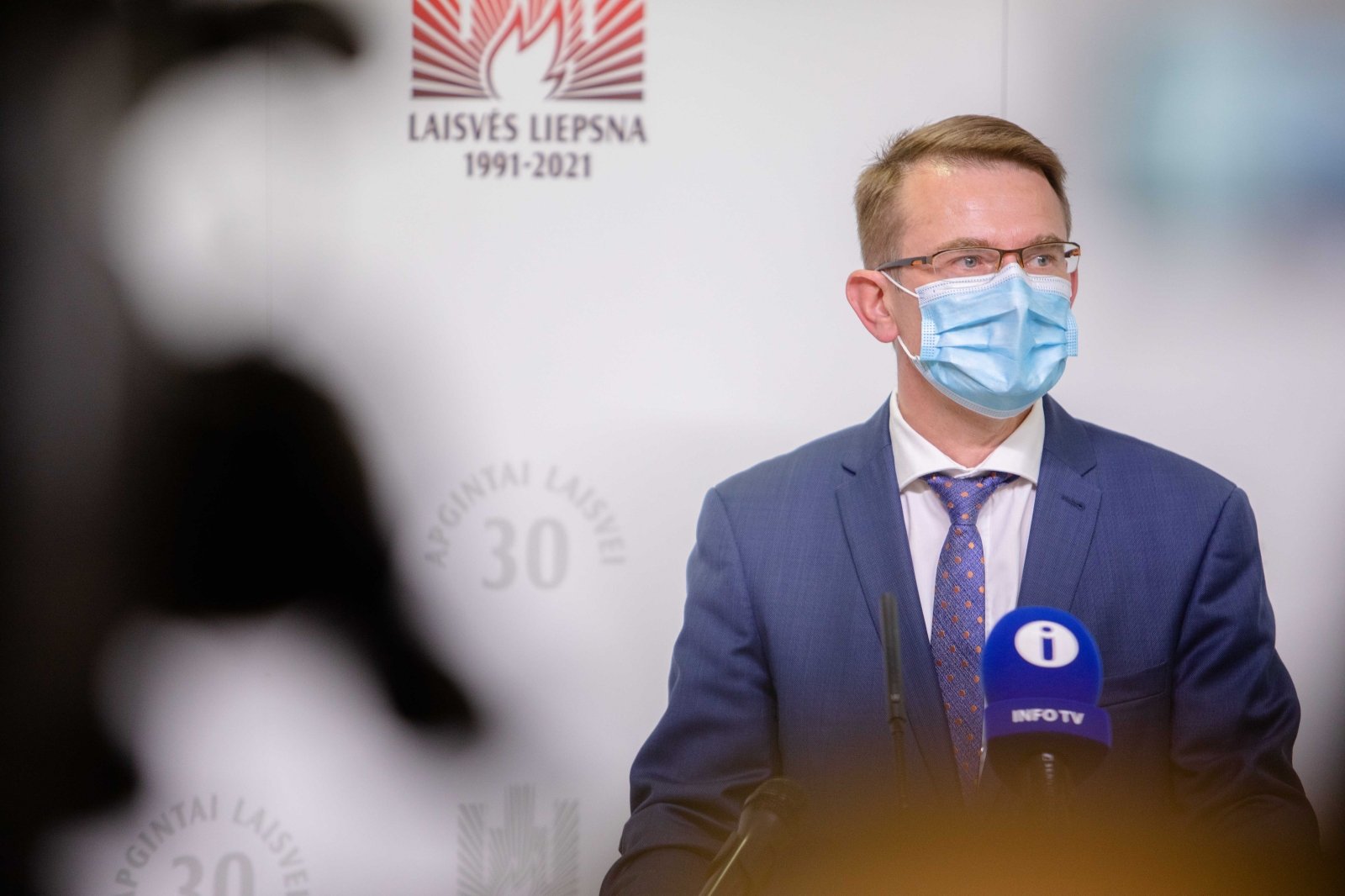Without a doubt, two of the most effective vaccines against coronavirus are those developed by Pfizer-BioNTech and Moderna. Now, a group of researchers from the United States has conducted a study in nearly 4,000 participants to measure that value in the real world.
Thus, in those who had the complete pattern, the remedy was 91% effective, while if they had only received a puncture, the value decreased to 81%. In addition, the experts also showed that the serums were highly effective in reducing viral load, feverish symptoms and duration of illness among people who developed breakthrough infections despite having been vaccinated.
Reduce the impact
Individuals fully or partially immunized had a lower level of viral RNA, a lower risk of developing febrile symptoms and a reduced duration of illness compared to unvaccinated individuals. In this sense, the researchers stated that if more data confirmed that these drugs reduce viral load and mitigate infectivity of the pathogen, this would suggest that vaccines are not only highly effective in preventing contagion, but that they could also reduce the impact of breakthrough infections.
Mark Thompson, member of the Committee for the Response against the Coronavirus of the United States CDC, detailed that this quality has significant implications for essential and frontline workers, given its potential to spread the virus through frequent close contact with patients, co-workers and the public.
One dose and full regimen
To carry out the investigation, Thompson and the rest of the team analyzed prospective cohorts of 3,975 healthcare workers and other essential frontline workers. in eight areas of the United States. They calculated the effectiveness of partial and total vaccination to prevent infection by SARS-CoV-2 and compared the viral RNA load of those vaccinated with advanced infection with that of unvaccinated infected participants.
The specialists too collated the frequency of febrile symptoms and duration of COVID-19 between vaccinated and unvaccinated groups. The samples were analyzed by PCR and the efficiency was calculated for complete immunization (14 days or more after a second dose) and the partial (14 days or more after one dose or up to 13 days after a second dose).
High efficiency
Participants had received the BNT162b2 vaccine from Pfizer-BioNTech or the mRNA-1273 vaccine from Moderna and the efficacy was calculated after adjustment for location, occupation and local circulation of the virus. Thus, it was determined that the rate rose to 91% for those with a complete regimen and 81% for those who only received one dose.
–


